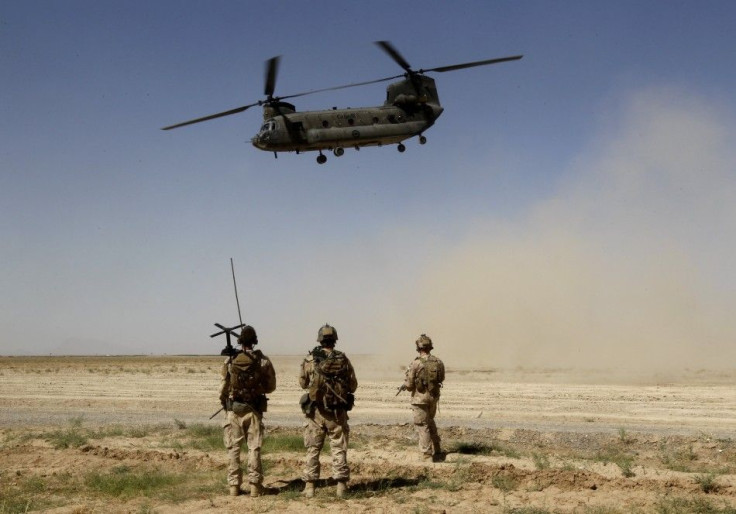Navy SEALS Killed Highlights Growing Role for Special Ops

The 30 American troops killed when their helicopter was shot down in Afghanistan last week were all Special Operations troops, including 22 Navy SEALs, and their deaths in part reflect the outsize role Special Ops commandoes have taken in fighting America's wars.
As warfare becomes increasingly defined by targeted counter-terrorism operations rather than battles against conventional armies, Special Ops troops -- a broad designation that covers an array of forces including the Navy SEALs and the Army's Green Berets -- have grown in number and importance.
That includes both the mingling of Special Ops forces and traditional soldiers -- the 30 troops killed in the helicopter crash were rushing to back up troops pinned down by enemy fire -- and Special Ops veterans ascending to leadership positions within the conventional military, reflecting a desire to incorporate their training and experience into an overarching strategy. The New York Times reported two recent high-profile appointments, including Vice Adm. Robert S. Hayward becoming deputy commander of Central Command, which oversees the conflicts in Iraq and Afghanistan.
"This command and the conventional forces needed the unique intellectual agility and drive of an experienced special operator like Vice Admiral Harward, especially as the character of the fight becomes increasingly asymmetric," Gen. James N. Mattis, a Marine and Hayward's boss, told the Times.
Brig. Gen. Raymond A. Thomas III saw firsthand the intermingling of conventional and Special Ops forces when he served as deputy commander of a heavy tank division in Iraq. He said some initial friction between the two diminished over time, and that the presence of Special Ops troops improved the unit's capabilities.
"We all now recognize that whether it's in counter-insurgency or an invasion, the S.O.F. operations have to complement what the conventional guys are doing," Thomas said.
But Special Operations missions are not limited to supporting soldiers in Iraq and Afghanistan, or to guiding covert drone strikes in Yemen and Somalia. By the end of the year, Special Operations forces could be active in 120 different countries; on any given day, they are deployed in around 70. Special Operations Command personnel now employs almost 60,000 people, up from about 37,000 in the early 1990's, and it has seen its budget increase from $2.3 billion to $9.8 billion in the wake of Sept. 11, 2001, according to a report in Salon by Nick Turse.
"We do a lot of traveling -- a lot more than Afghanistan or Iraq," U.S. Special Operations Command Spokesman Colonel Tim Nye said.
© Copyright IBTimes 2024. All rights reserved.





















